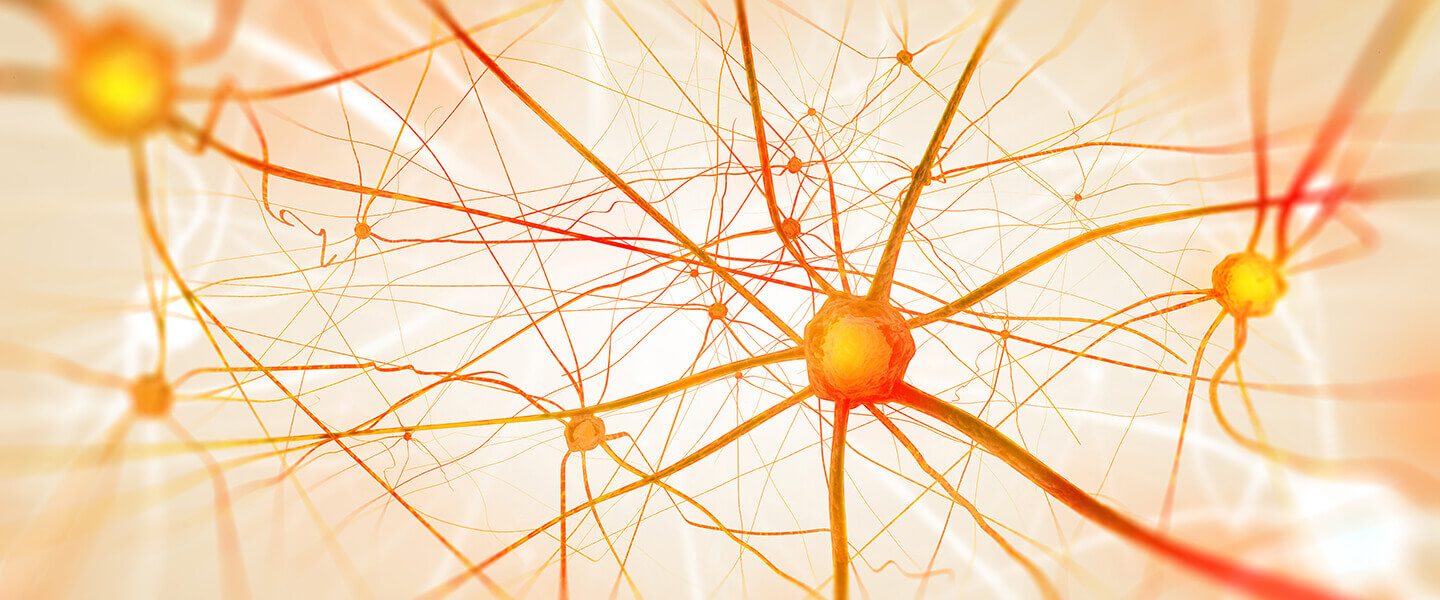Low Levels of Cannabinoid Receptor in New Psychosis Patients Suggest a Possible Drug Target
Low Levels of Cannabinoid Receptor in New Psychosis Patients Suggest a Possible Drug Target

Since the 1980s scientists have known that the body contains numerous cellular receptors that interact with naturally generated molecules that are chemically related to THC, the substance which gives cannabis (marijuana) its mind-altering effects. This system of receptors and interacting molecules, called the endocannabinoid system, is pervasive in the body and participates with other bodily systems in the regulation of appetite, mood, pain, and memory.
In recent years, researchers have been exploring the relationship between psychosis and drugs like cannabis that interact with the body’s two main types of endocannabinoid receptors. They’ve learned that THC stimulates the activity of the main endocannabinoid receptor found in the brain, called CB-1. Researchers have also noted that THC can exacerbate psychosis symptoms and cognitive deficits in schizophrenia. Cannabis, when used regularly, has also been investigated as a factor that may increase the risk that a vulnerable young person at high risk for psychosis or schizophrenia will have a first psychotic episode, sometimes called a “psychotic break.”
In a study recently published in JAMA Psychiatry, a team of researchers led by 2013 BBRF Independent Investigator Oliver Howes, MRCPsych, Ph.D., of King’s and Imperial Colleges London, has added important new detail to what is known about the CB-1 receptor and psychosis.
The researchers analyzed two independent groups of people, consisting of 27 men with recent first-episode psychosis and matching controls. Their aim, using PET imaging, was to compare levels of the CB-1 receptor in key brain areas of patients vs. controls. Such a study shows how “available” these cellular docking ports are for interaction with both naturally occurring endocannabinoid molecules as well as drugs like THC.
The patients who took part in the study included individuals who had not yet been treated with antipsychotic medicines as well as some who had been. Participants, typically in their mid to late 20s, and had no recent history of cannabis use. The brain areas probed for CB-1 receptors included the cortex, the hippocampus, the striatum and the thalamus.
By comparing patients with controls, it was clear to the team that the CB-1 receptor was altered in patients with recent first-episode psychosis. The receptor was significantly “less available,” meaning that its levels were lower in patients than in controls. Importantly, this reduced “availability” of the receptor corresponded with cognitive function—the lower the level, the more severe were a patient’s cognitive impairments. In one of the two patient groups, lower CB-1 levels also corresponded with more severe psychosis symptoms.
The researchers were not able to determine, based on these experiments, why CB-1 levels were lower in patients. But the lower levels did suggest to the team that drugs capable of interacting with the CB-1 receptor and modulating its responsiveness might have therapeutic value in psychosis and schizophrenia.
The rationale is this: researchers know that THC, which stimulates the CB-1 receptor, can exacerbate psychotic symptoms. Some attempts therefore have been made to block or inhibit the CB-1 receptor. Known inhibitors, however, have been observed to cause adverse effects. But, the team notes, there may be alternative ways to alter the activity of the CB-1 receptor—other ways of interacting with it that would generate fewer unwanted effects. Cannabidiol (CBD), a cannabinoid approved for treatment of epilepsy and which is being considered as a potential drug in other medical contexts, is one possible candidate for more safely impeding the activity of the CB-1 receptor. Although CBD is a component of the cannabis plant and a controlled substance, it, unlike THC, does not generate a “high.”
The team urges further exploration of CB-1-modulating drug candidates, as well as replication of their study in larger samples, including a study in females. The current study only recruited men as a way of eliminating the possibility, in a comparatively small sample, that sex difference would potentially confound interpretation of the results.
Tiago Reis Marques, Ph.D., a 2012 BBRF Young Investigator, was among the members of the research team.



